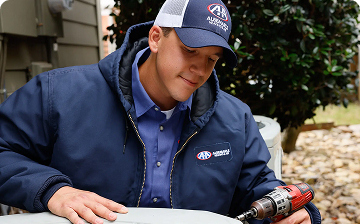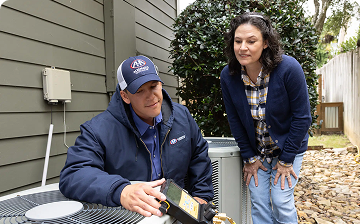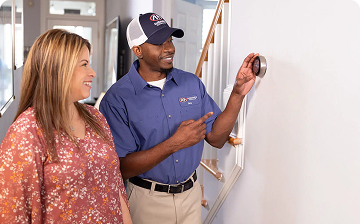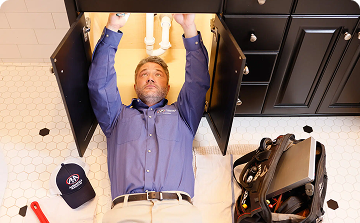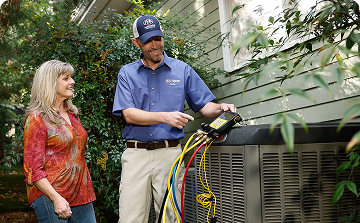
The Little Red Guys
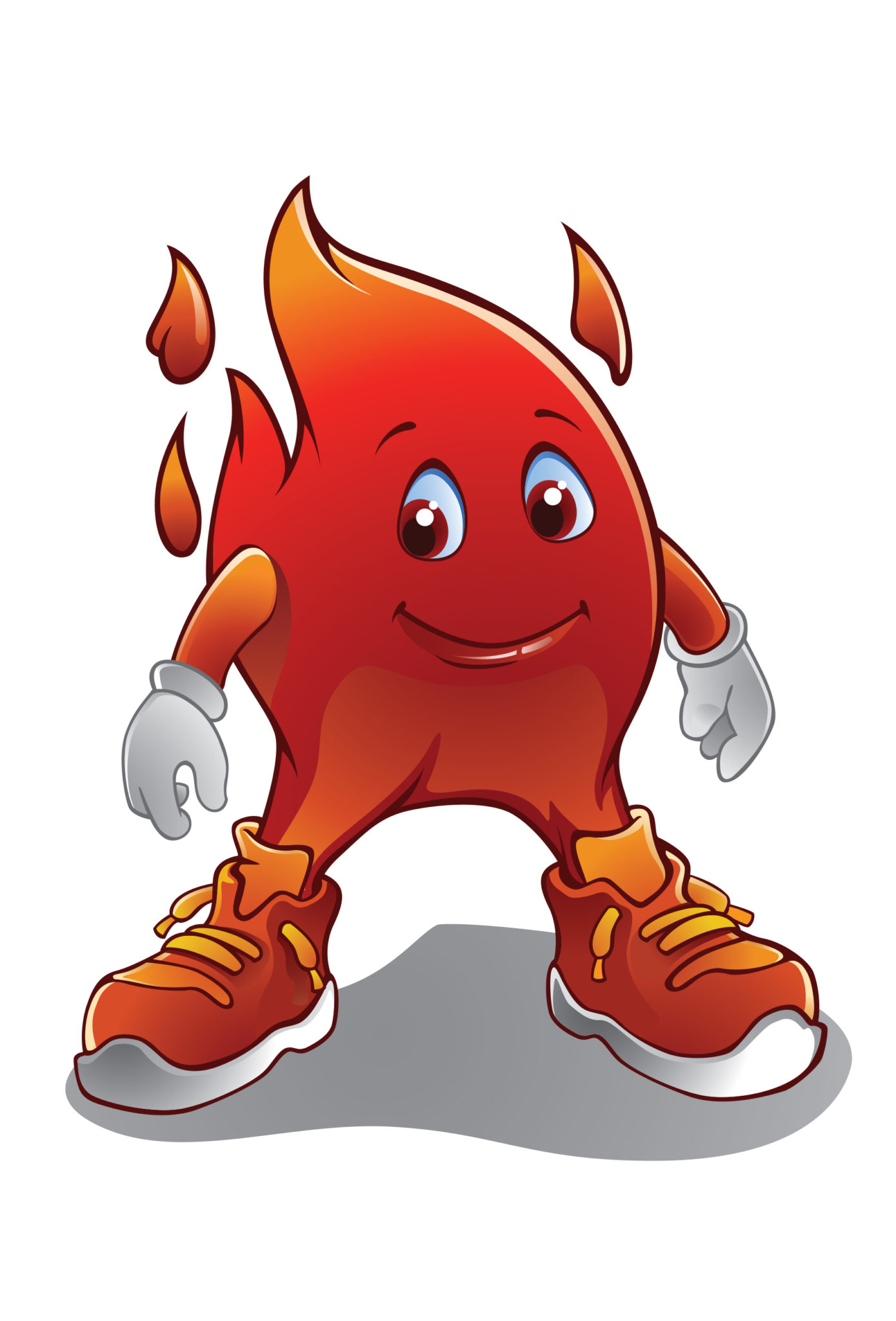
Thermal energy, more commonly known as heat, only flows in one direction: from hot to cold. The greater the temperature difference, the faster the heat travels from one object to another. This is a natural phenomenon; we experience it all the time and don’t even realize it. To get a better idea of how to properly heat and cool your home, you need a strong grasp on how this heat transfer works and the impact it has on your comfort and utility bills.
Maybe you’ve heard the term BTU. It’s an acronym for British Thermal Unit and it’s a unit of measurement for energy. One BTU refers to the amount of energy required to raise the temperature of one pound of water by 1 degree Fahrenheit. If you’re a visual learner, picture a BTU as a little red guy. Whether or not you’re comfortable in your home depends on how well your system is designed to control the “little red guys.”
When it comes to the comfort level in your home, it’s all about balance. In the summer, when it’s hot outside the little red guys are trying to get in where it’s cool. Remember heat moves towards cold. In the winter, the little red guys are trying to get out of your home. The first step for any heating and air conditioning contractor is to determine how much heat your home is losing in the winter and how much heat it’s gaining in the summer. Simply put, they need to get an accurate count of the little red guys and understand how they’re moving. With that data and understanding they’re able to properly design a system that will keep the little red guys under control and ensure you’re comfortable and free from high utility bills.
Whether the little red guys are coming into your home or leaving your home, they’re moving through your building’s ceiling, floor, walls, windows, and doors. And some parts of your building allow more little red guys in or out, than others. For example, through a square foot of exterior wall you may lose or gain 3 BTUs per hour. It could be as much as 50 BTUs per hour through a window.
Knowing that, does it make sense to size a heat pump or air conditioner based on the square footage of a home? No, it doesn’t because a 2000 sq. ft. house with 10 windows will not lose or gain as much heat as a 2000 sq. ft. home with 20 windows. That’s why it’s so important that your heating and air conditioning contractor takes the time to measure your home and perform the necessary heat loss/heat gain calculations as per ACCA Manual J. It’s the only way to be sure your equipment has the necessary capacity to keep the little red guys under control. Your comfort depends on it.
CHARLOTTESVILLE AND SURROUNDING AREAS Albemarle County | Fluvanna County | Louisa County | Nelson County | Augusta County | Madison County | Greene County | Orange County


